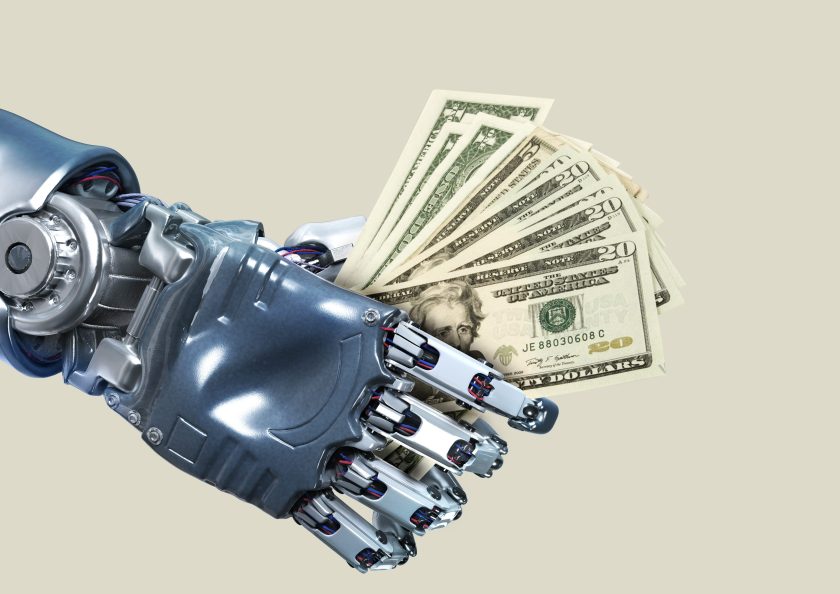
If you’re one of the people who believes that “machine learning” is the future of the investment world, you might be barking up the wrong tree. That’s at least according to Anthony Ledford, who spent three years building an algorithm for Man AHL (which manages $19 billion worth of investments).
Unfamiliar with the concept? Machine learning sounds like what it does. An algorithm powered by supercomputers—called a “neural network”— spots trends gleaned from massive amounts of data. It then makes predictions based on that data set, learning and adapting as its fed more information. Although neural networks were modeled after the human brain, the concept of machine learning still falls short of human intelligence.
The biggest shortfall for machine learning currently is the data requirement, which is gargantuan. Imagine a farmer planting seeds. He’ll plant more seeds than what’s needed, since not every seed will germinate. The farmer then has to wait for the seeds to grow and yield results. Such a large amount of information naturally takes time to sort through. This is all before the tech makes any difference in a company’s bottom line.
While the technology had made significant gains the last few years, its limitations still ground the hype, Ledford told Bloomberg reporters Nishant Kumar and Taylor Hall. Here’s Bloomberg‘s take:
“Hedge funds, stung by eight years of underperformance, are latching onto machine learning as a high-tech answer to their woes. But Wall Street’s heady search for the perfect money machine has collided with a sober reality. The technology, which learns on its own to find investment ideas by hunting through troves of data, requires a heavy commitment of time and money, and a high tolerance for failure, since most algorithms turn out to be duds.”
In fact, such algorithms fail 90 percent of the time they’re applied to real world data. Needless to say, machine learning may not be the answer. There are other artificial intelligence alternatives currently under development that may be able to succeed where machine learning is currently struggling.
Until the prediction void has been filled by artificial intelligence, what practical uses should we expect from the burgeoning field? One rule of thumb—regarding whether or not a task is best suited for automation or human operation—comes from Andrew Ng, an A.I. expert, who founded the Google Brain team and used to head Stanford’s Artificial Intelligence Lab. Says Ng, “If a typical person can do a mental task with less than one second of thought, we can probably automate it using A.I. either now or in the near future.”
To read the full Bloomberg story, click here. Read Andrew Ng’s thoughts on what A.I. can and can’t do at the Harvard Business Review here.
This article appeared in an InsideHook newsletter. Sign up for free to get more on travel, wellness, style, drinking, and culture.
























